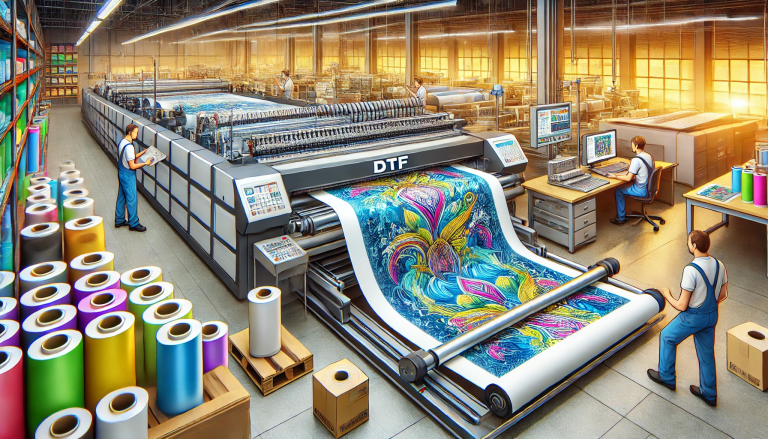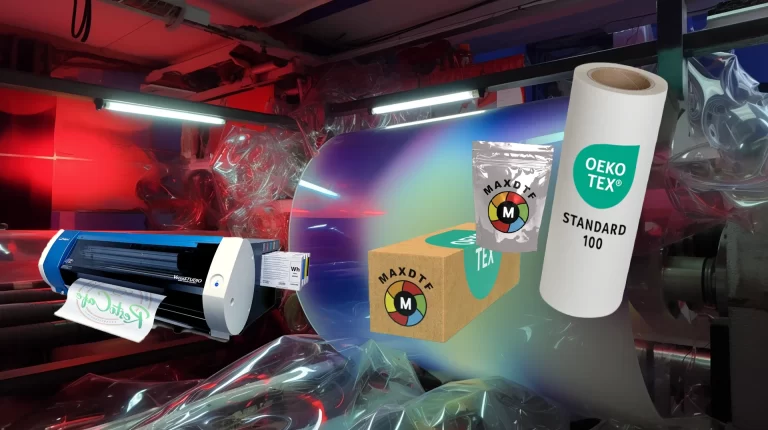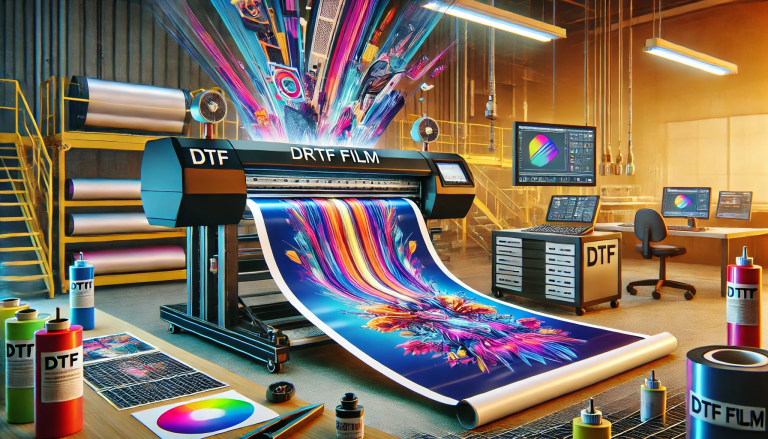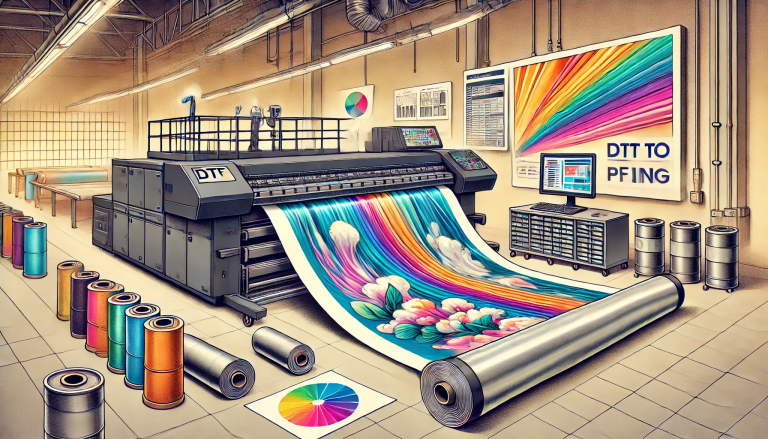“Understanding the DTF (Direct to Film) Peel Process” -MAXDTF- UV DTF Transfer AB Paper Factory, UV DTF transfer Film Manufacturer, Made in China
Direct To Film (DTF) printing has become an increasingly popular method in the garment decoration industry. While many are familiar with Direct To Garment (DTG) printing, DTF offers a slightly different approach and a unique peel process. This article will guide you through the intricacies of the DTF peel process and how it ensures vibrant, lasting prints.
1. What is DTF Printing?
Before diving into the peel process, let’s first understand what DTF printing is. Direct To Film (DTF) printing is a method where designs are printed onto a special film rather than directly onto the garment. After printing, this film is transferred onto the desired substrate – be it t-shirts, hoodies, or other apparel.
2. The DTF Printing Process
Here’s a brief overview of the DTF printing process:
- Design Preparation: The design is created or edited digitally using graphic design software.
- Printing: The design is printed onto the film using DTF printers, which use special DTF inks.
- Applying Powder: After printing, a layer of adhesive powder is applied over the print on the film. This powder will ensure the print adheres to the garment during the heat press process.
- Curing: The film with the print and adhesive powder is passed through a curing machine or oven. This helps the powder to melt and form a consistent layer over the ink.
3. The Peel Process
This is where the magic happens! The peel process is crucial in the DTF printing method:
- Heat Pressing: The printed film is placed on the garment with the print side facing down. Using a heat press machine, the design is then transferred onto the fabric. The heat from the press activates the adhesive powder, making the ink adhere to the garment.
- Peeling Off the Film: Once the garment has been pressed and cooled for a few moments, the film is carefully peeled away. This should be done smoothly and consistently to ensure the design transfers perfectly.
4. Why is the Peel Process Important?
The peel process is crucial for several reasons:
- Clarity and Vibrancy: If done correctly, peeling ensures that the design is transferred without any imperfections or breaks.
- Longevity: Proper peeling guarantees that the design is well-adhered to the garment, ensuring it lasts for a considerable number of washes without fading or cracking.
- Versatility: DTF printing and its peel process allow for intricate designs to be transferred onto various fabrics and materials.
5. Tips for a Perfect Peel
- Right Temperature: Ensure your heat press machine is at the recommended temperature for DTF printing.
- Timing: Don’t rush the peeling process. Allow the garment to cool slightly after pressing before you begin to peel.
- Smooth Motion: When peeling, use a consistent and smooth motion to avoid tearing or distorting the design.
In conclusion, the DTF peel process is an integral step in achieving vibrant, durable designs on apparel. While it might seem simple, this process requires attention to detail and practice to perfect. Whether you’re an industry professional or just diving into the world of garment decoration, understanding the DTF peel process is crucial to delivering top-notch products.






